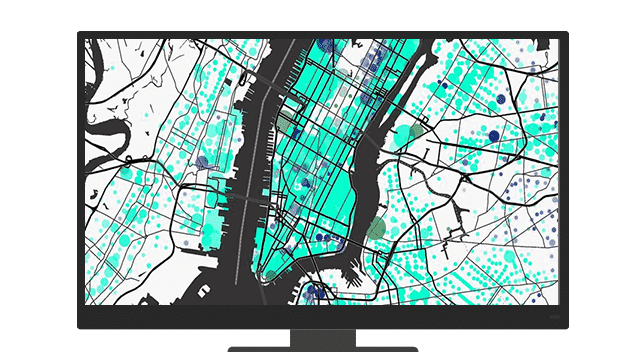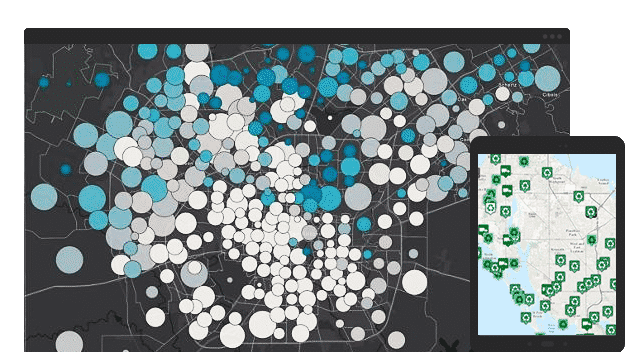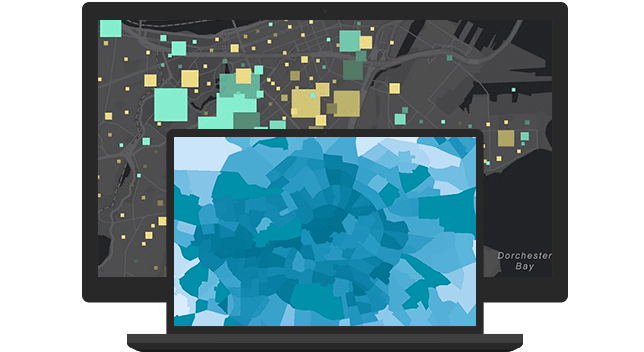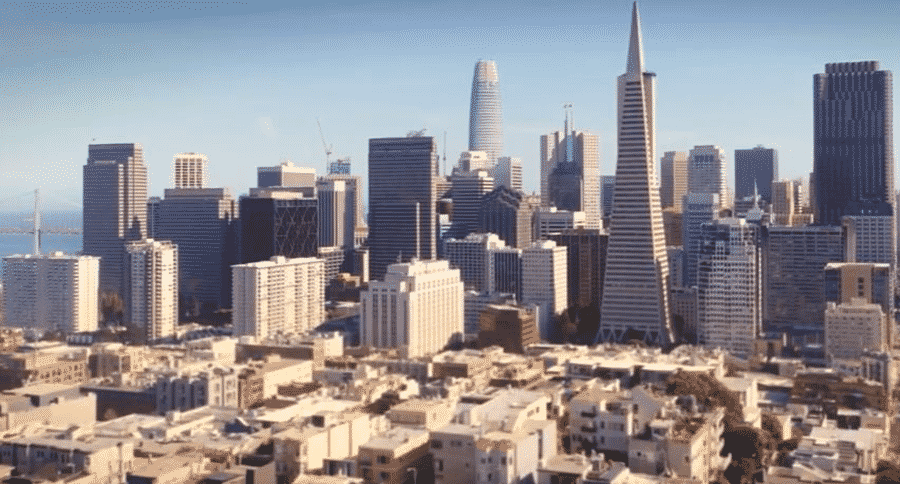Navigating a digital transformation with GIS
Today’s governments are clearly recognizing the profound need to transform their organizations through a mix of digital technologies and strategies designed to accelerate their operations. GIS is transformational in that it requires a shift in thinking about business problems. It imposes the question of how location impacts workflows, analysis, and engagement in searching for truth.

Build smart communities
Forward-thinking organizations prioritize strategies, policies, and workflows enabling them to make data-driven decisions, maintain awareness of community activities, and stay connected. Effective, smart communities apply a hub approach connecting people with information and technology to improve quality of life, innovation, and better choices.
Use location to innovate and collaborate
Get the most out of location technology investment by exploiting a combination of Internet of Things (IoT) devices, big data, inclusive apps, and community feedback to gain previously unimagined insight. Create a safer, healthier, sustainable, and more resilient community by knowing where to make the right investments at the right time.


Illustrate support for community programs
Use maps to highlight your most important work. Maps illustrate efforts to curb homelessness, address opioid addiction, or secure affordable housing. They help you reinvent the way government delivers services and increase your ability to engage citizens and businesses to make your community a better place to live and work.
Case Study

Johns Creek, Georgia
Johns Creek using GIS and open data to enhance city services and drive its economic development.
Navigating a digital transformation with GIS
Today’s governments are clearly recognizing the profound need to transform their organizations through a mix of digital technologies and strategies designed to accelerate their operations. GIS is transformational in that it requires a shift in thinking about business problems. It imposes the question of how location impacts workflows, analysis, and engagement in searching for truth.
Build smart communities
Forward-thinking organizations prioritize strategies, policies, and workflows enabling them to make data-driven decisions, maintain awareness of community activities, and stay connected. Effective, smart communities apply a hub approach connecting people with information and technology to improve quality of life, innovation, and better choices.

Use location to innovate and collaborate
Get the most out of location technology investment by exploiting a combination of Internet of Things (IoT) devices, big data, inclusive apps, and community feedback to gain previously unimagined insight. Create a safer, healthier, sustainable, and more resilient community by knowing where to make the right investments at the right time.

Illustrate support for community programs
Use maps to highlight your most important work. Maps illustrate efforts to curb homelessness, address opioid addiction, or secure affordable housing. They help you reinvent the way government delivers services and increase your ability to engage citizens and businesses to make your community a better place to live and work.

Case Study

Johns Creek, Georgia
Johns Creek using GIS and open data to enhance city services and drive its economic development.
